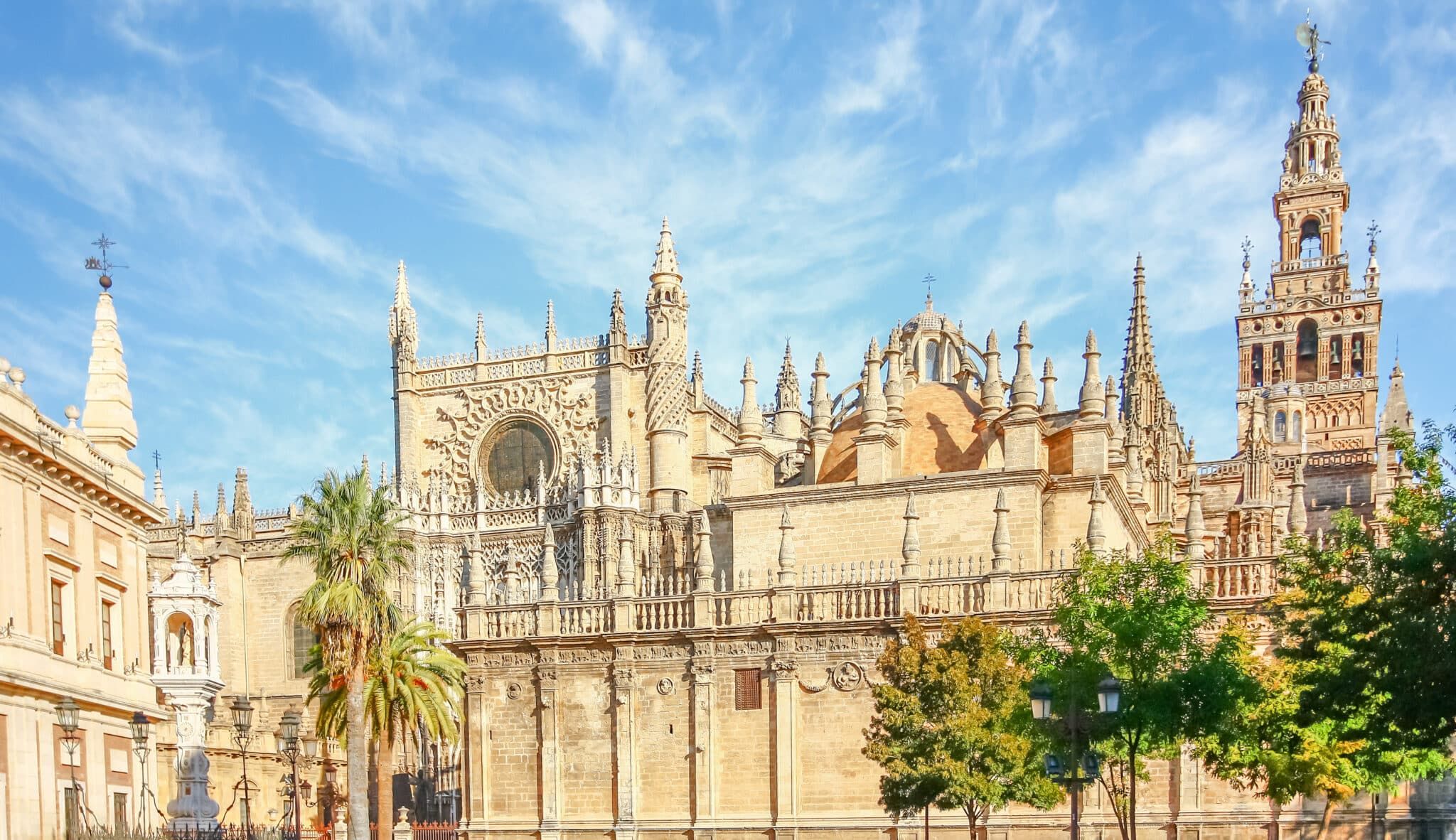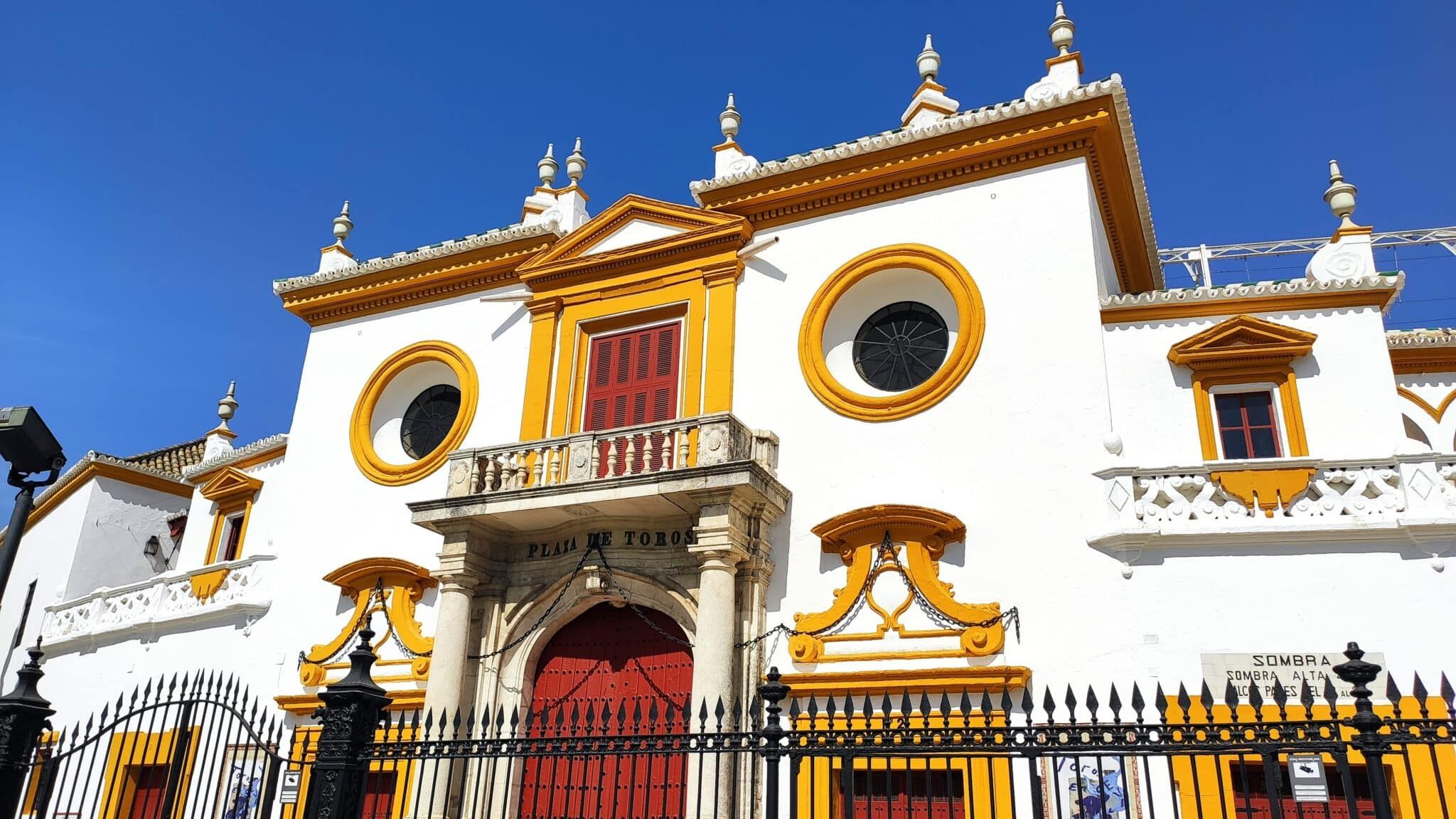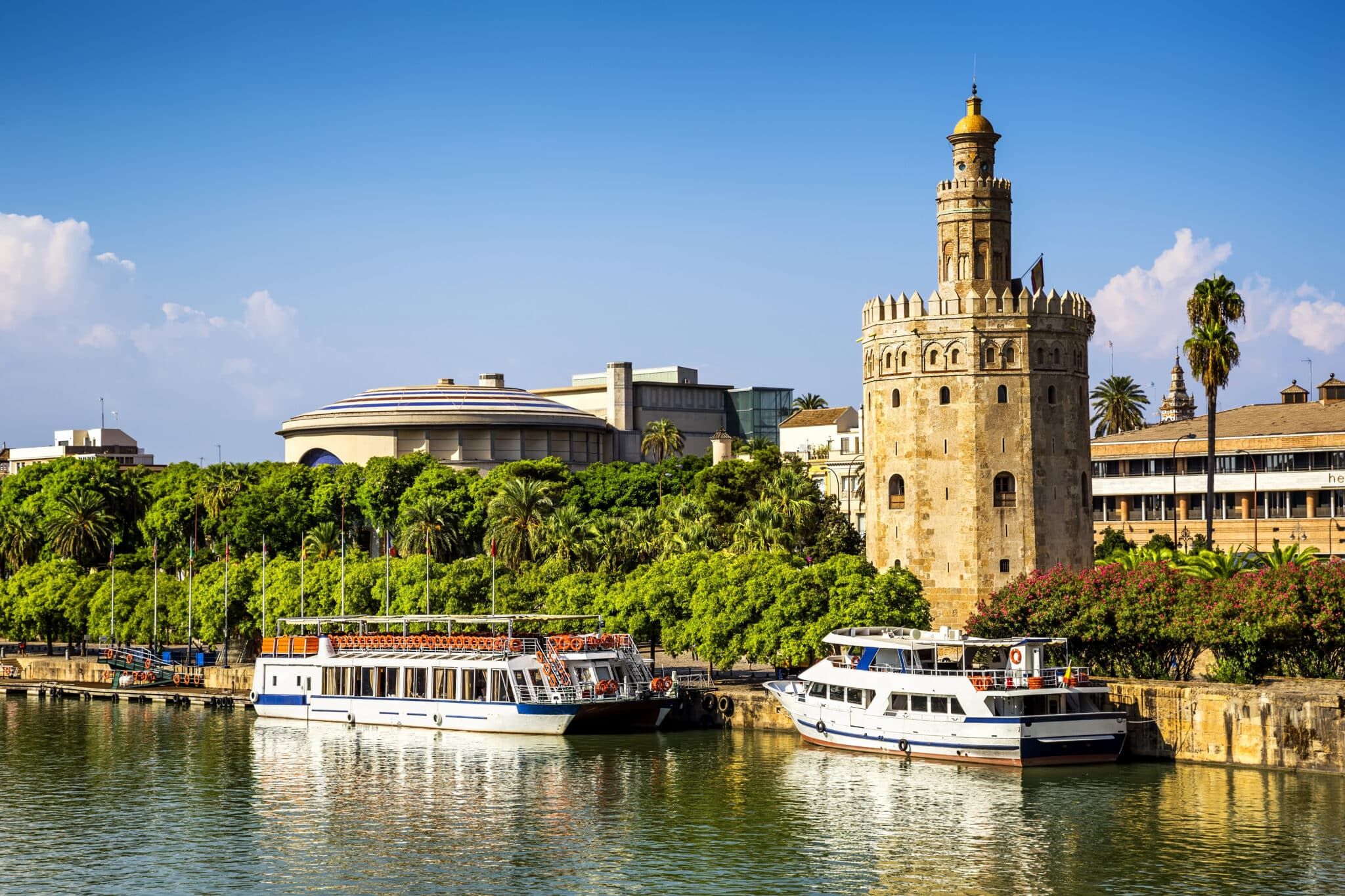5 monuments to visit in Seville
Long summer trips or lightning trips in 1 weekend, more and more people are caught by the desire to discover and explore the rest of the world. Europe is not left behind since this continent concentrates the most beautiful centers and preserved historical vestiges, but also offers unique travel facilities. Among the most beautiful cities in Europe to visit, Seville Seville’s top five must-see sights.
5 must-see monuments in Seville
Seville – or Sevilla in Spanish – is a city located about 550 km south of Madrid. Capital of the autonomous community of Andalusia, Seville is the 4th largest city in the country and ranks as an important economic, tourist and historical center.
For those of you who want to buy your tickets to Seville soon, here are the 5 must-see monuments to return home with a head full of wonderful memories and a film full of photos.
Alcazar of Seville
It is impossible to visit Spain without visiting thealcazar of Seville. True emblem of the city, the Alcazar is a fortified palace built in the year 800 by the Umayyad emir of Cordoba. This palace of purely Islamic style was built on ancient Roman ruins and has undergone many changes, the generations of Muslim and Christian dynasties have each brought their own style to the’building.
Still used as the residence of the sovereign, the Spanish royal family still stays at the alcazar a few times a year.
Cathedral of Our Lady of the See of Seville
Mother Church of the Archdiocese of Seville, the Cathedral of Our Lady of the Seat is a monument built from the early 14th century.
Built on the site of an old mosque, it was originally converted into a cathedral, before being destroyed by an earthquake. Completely rebuilt, the cathedral retains a style mixing Moorish and Hispanic spirit, a mixture that gives it today its unique aura and charm that attracts crowds.
With the largest nave in Spain, the Cathedral of Our Lady of the See is now the highest building in the city of Seville thanks to its famous bell tower, the Giralda. This bell tower is actually a minaret that was part of the’former mosque. Also destroyed during the earthquake and rebuilt taking some liberties, it is today one of the symbols of Seville’hui l’one of the symbols of Seville.

Plaza de Toros de la Maestranza
Emblematic festivity of Spain, the bullfight is a national sport that brings together entire generations. The Plaza de Toros is the largest bullfighting arena in Spain. It is in this place built in the 18th century that the great bullfighting festival is held, with a capacity of up to 13,000 spectators.
In the baroque building is also the bullfighting museum, with paintings, objects recalling the history of bullfighting, statues of bullfighters and the statue of the mother of King Juan Carlos.
The entrance to the museum is 10 euros for adults, this price includes a visit to the bullring.

Torre del Oro
The Tower of Gold, or Torre del Oro in Spanish, is a large and imposing Almohad-style observation tower. Its name comes from the legend that all the gold brought from the Americas during the 16th century was kept here.
Built in the 13th century by the Almohads as a military observation tower to protect the city from invasions, this is part of the fortifications of the historic center. Unlike most defensive towers, this tower has a dodecagonal base with 12 angles, while most towers are rectangular base with 4 angles.
In addition to being a defensive tower, the Torre del Oro was also used as a prison in the Middle Ages and now houses a maritime museum.

General Archive of the Indies
The General Archives of India are kept inside a large building, today one of the most famous in the city of Seville. Located in the heart of Seville, the archives keep in them the traces of Spanish colonization through what the Spaniards then called “the Indies”.
In total, this site contains more than 43,000 files and 80 million documents. Its construction ordered by Charles III was probably intended to counter the black and critical legends spread at that time on the Spanish colonization, but also French, Portuguese or even British.
The entrance of the General Archives of India is free, what to encourage a fast passage, especially that the visit in itself does not take much time.